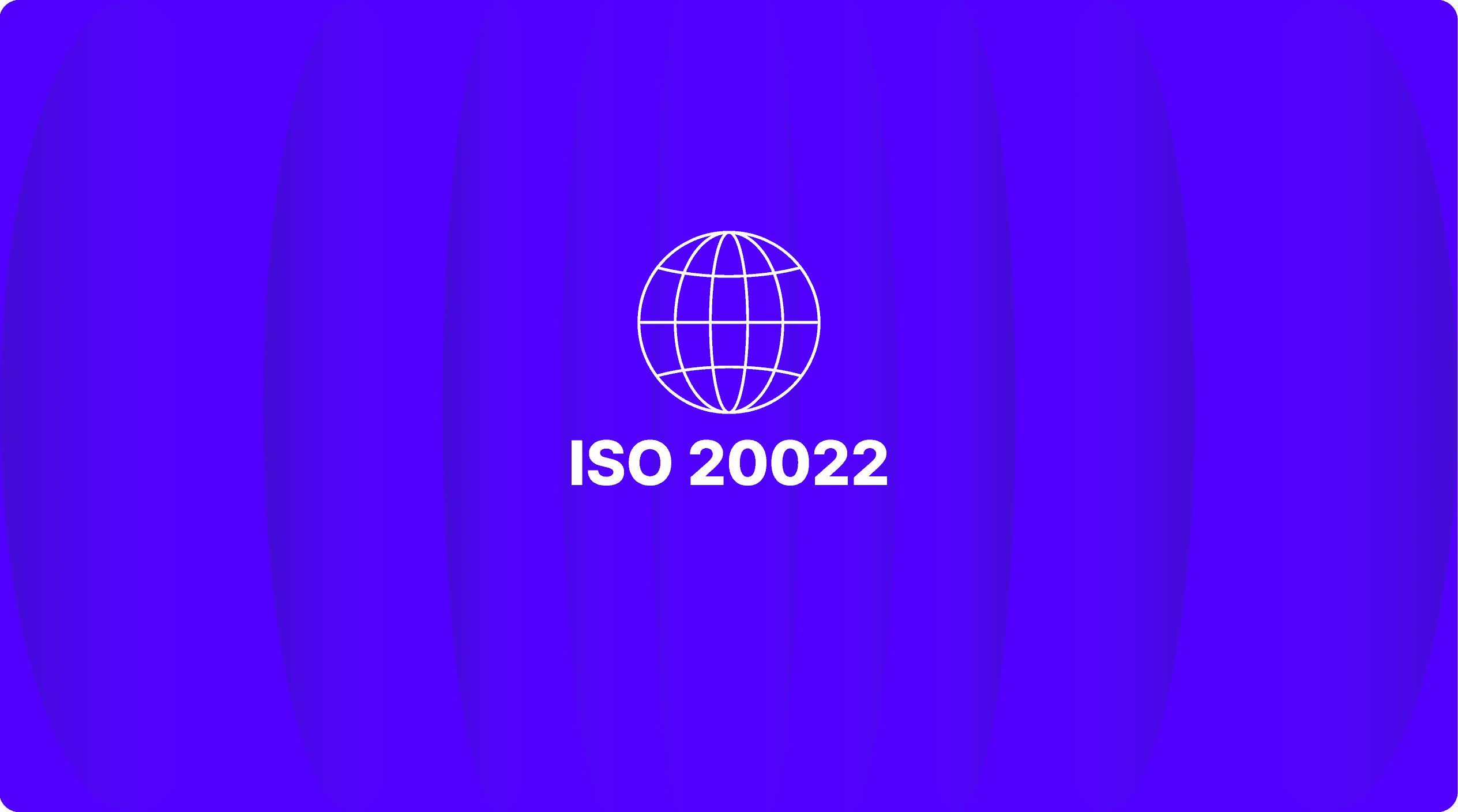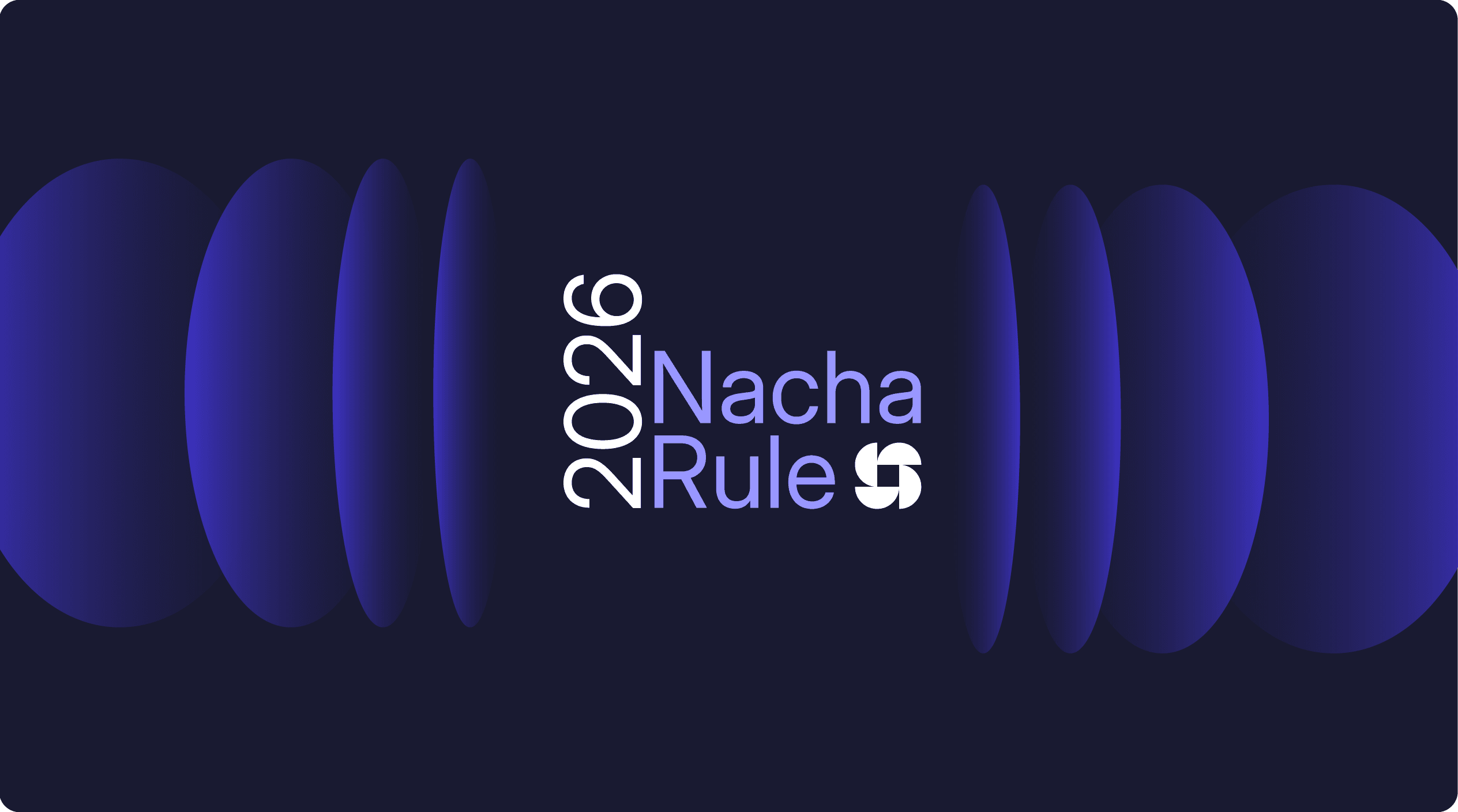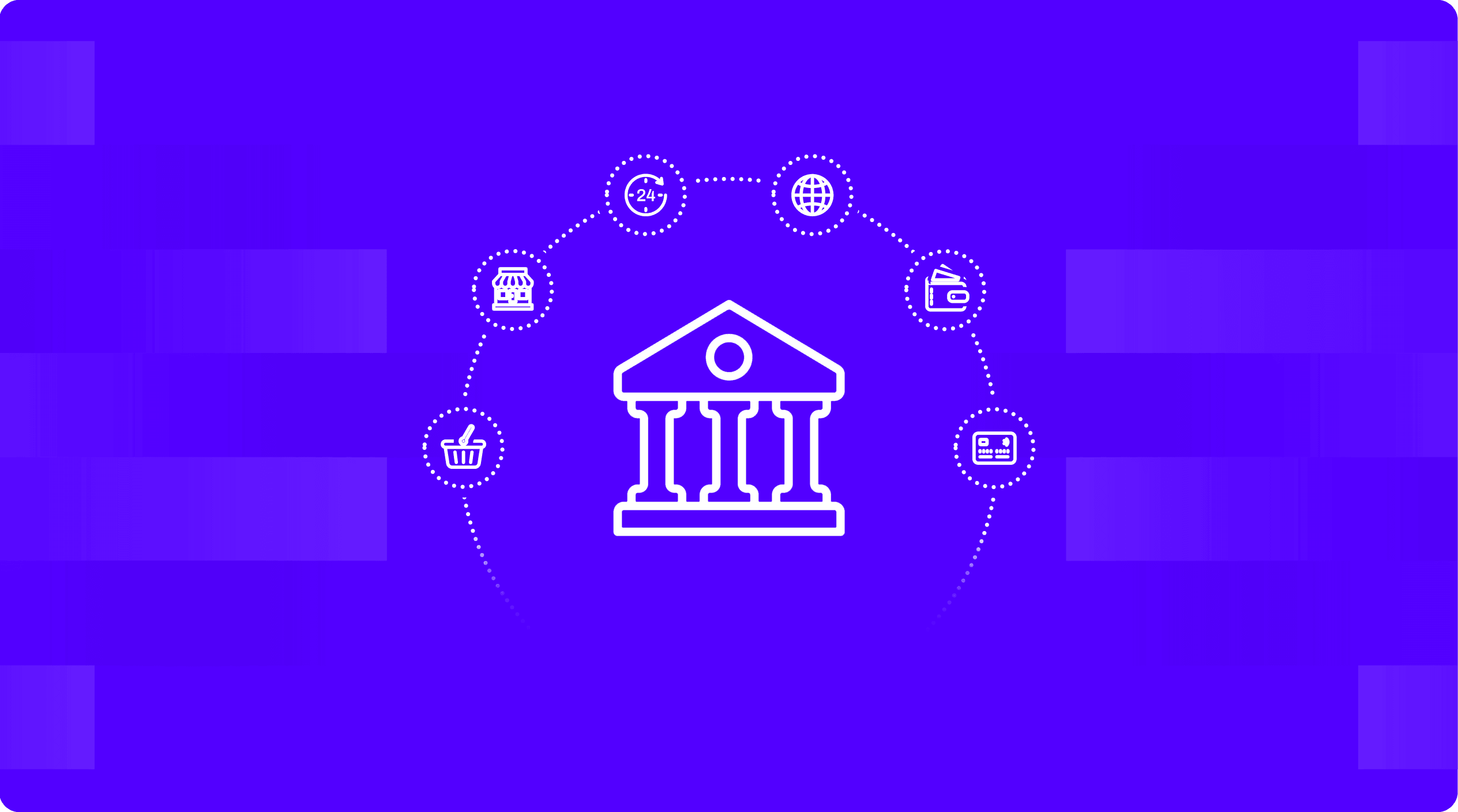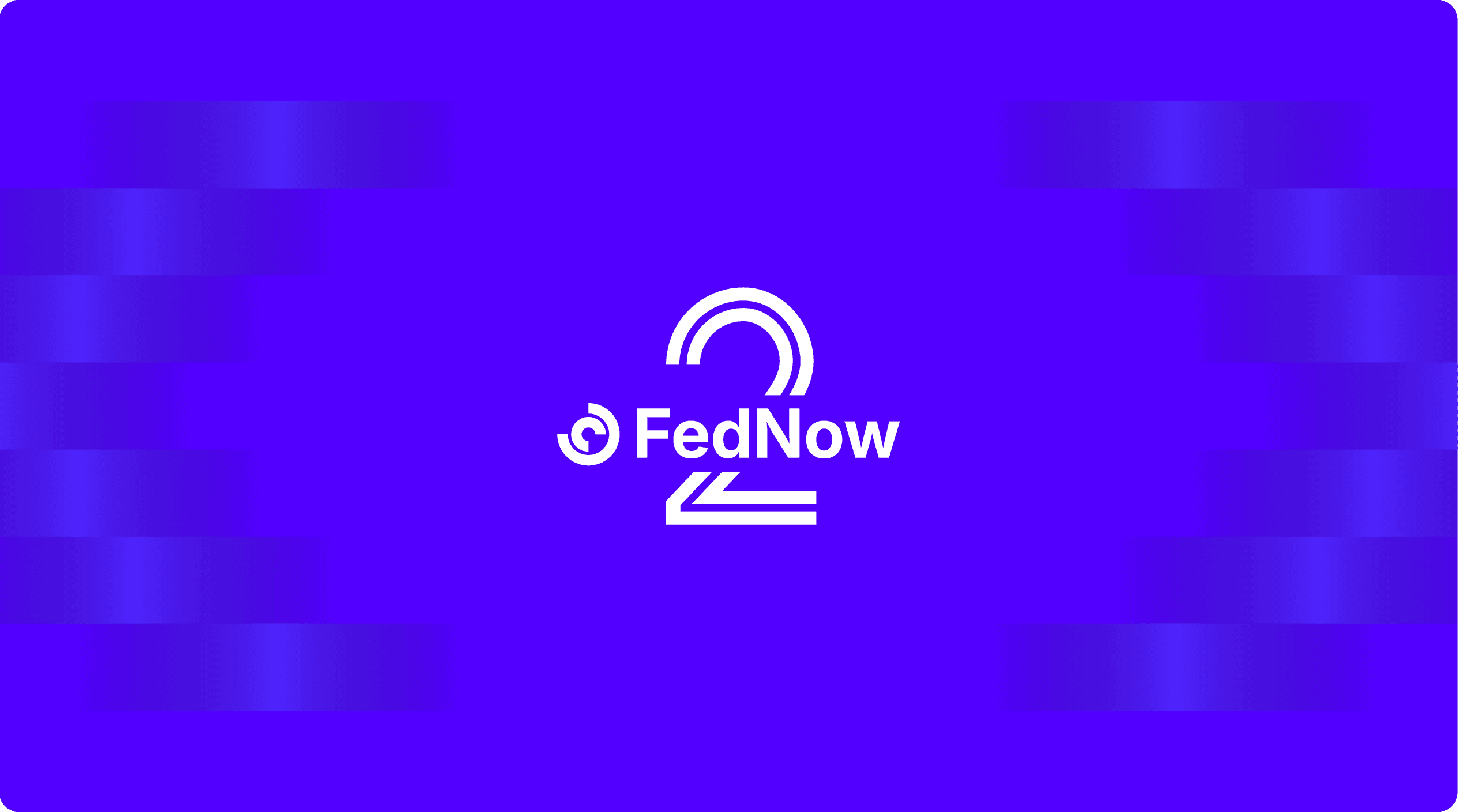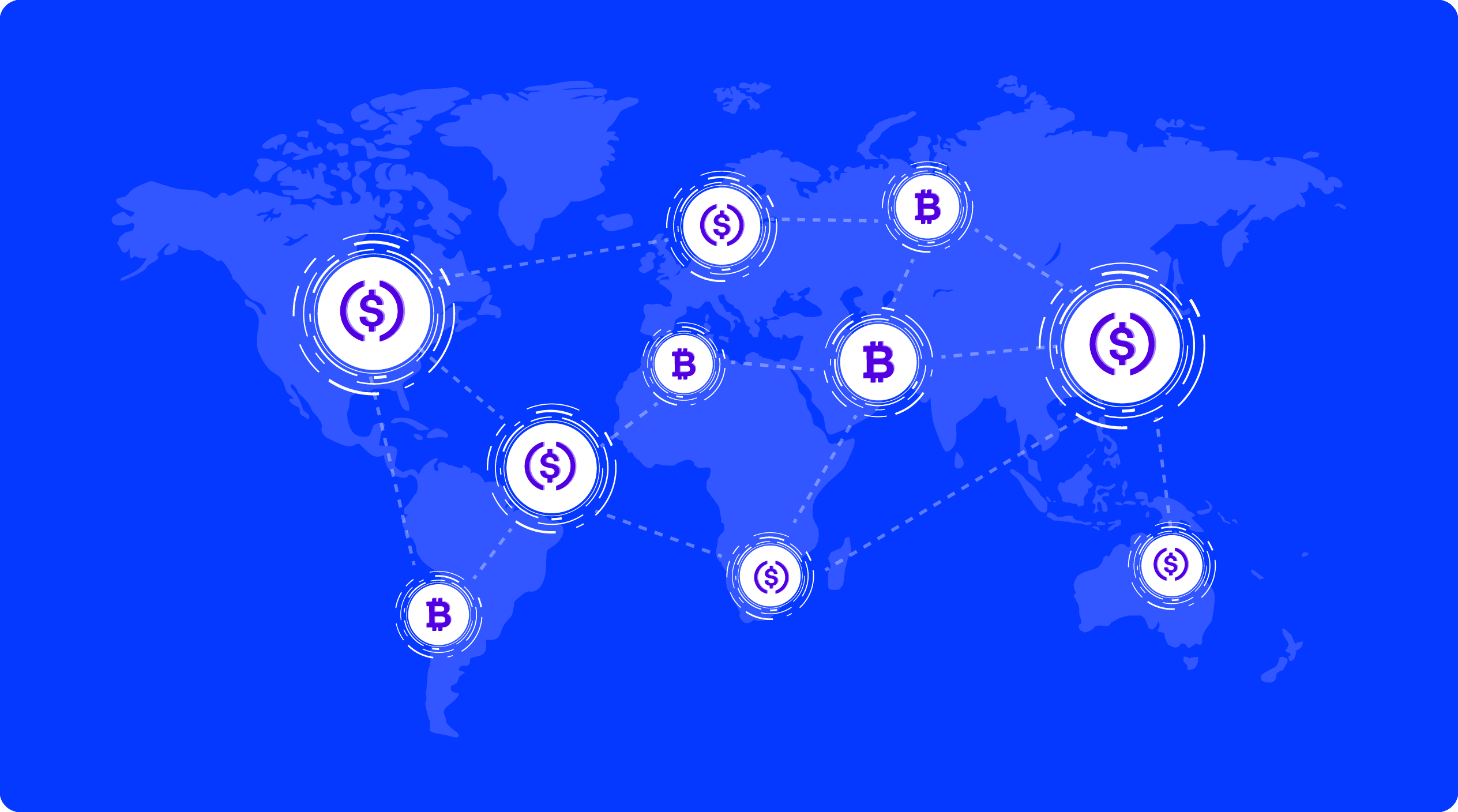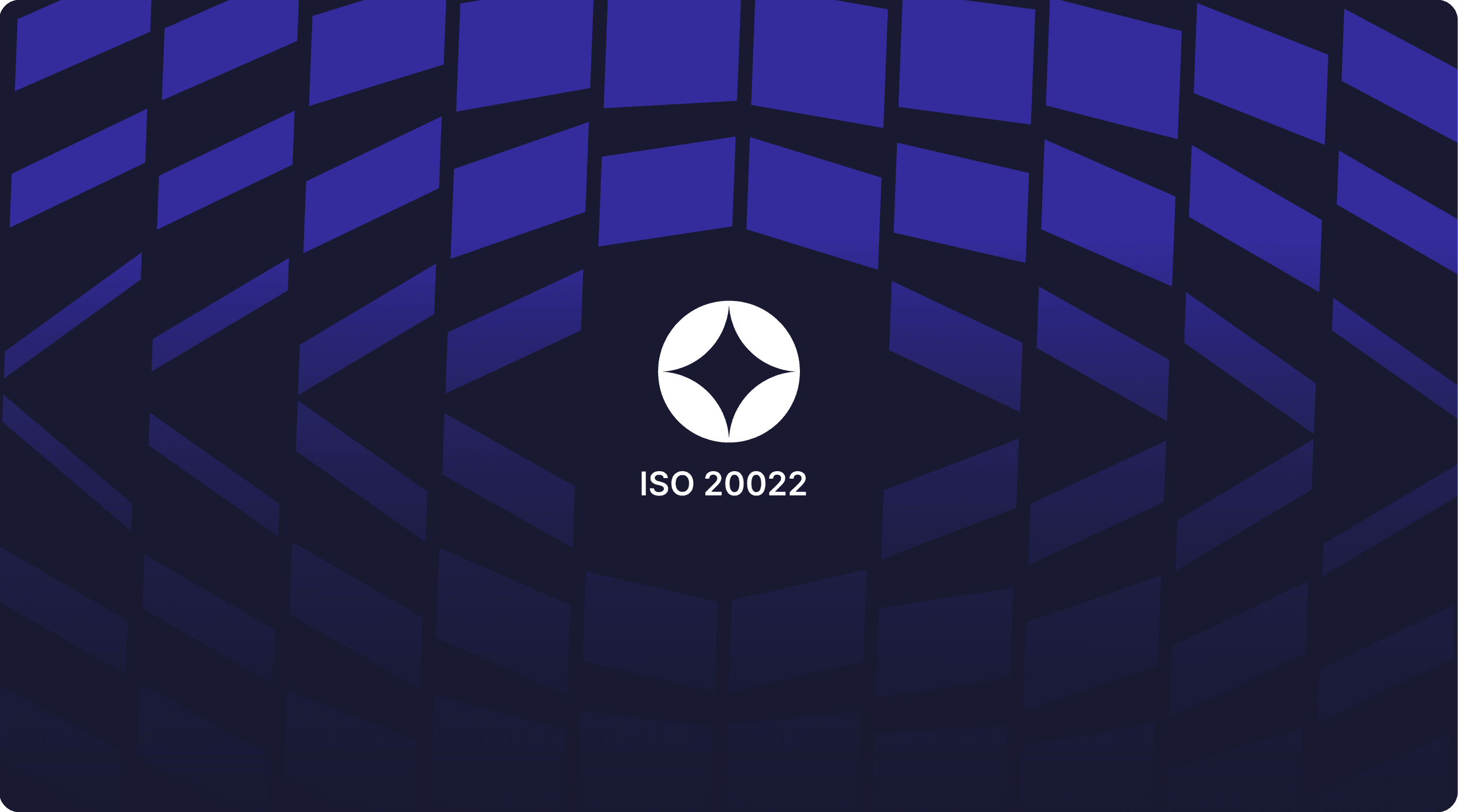Opportunity: Banks are ACH-ieving more with ACH APIs
As dramatic forces continue to sweep payments, ACH is still going strong. In the API economy, developers of platforms are new customers to banks. A huge array of fintechs and platform players are finding their way into every nook and cranny where there is scope for ACH payment automation. According to JP Morgan, 61% of organizations still use emails to exchange remittance information.
Cumbersome and fragmented processes like these create more opportunities for fintechs to automate ACH payments and the ancillary processes around it. As a result, the demand for ACH APIs is on the rise. Same-day ACH limits, which reached $1M per transaction last year, are giving rise to sophisticated automation of B2B transactions using APIs.
The revenue opportunity for banks
ACH APIs offered by many banks are still unwieldy, making it difficult to seamlessly integrate payments at the point of consumption. Platforms that process payroll, supplier payments, membership payments for universities, schools, travel and subscription seek some must-have ACH features from sponsor banks.
- Scalability through cloud-based platforms, as most of these use cases involve large volumes of ACH payments
- Ability to automate the handling of failures and exceptions, as this is critical to customer experience on the platforms
- Automated accounting and reconciliation, as this is a missing link with most of the legacy providers
- Provide bespoke dashboards to track customer transactions with analytical tool overlays
- Ability to accept ACH payments and payout to third parties
- Additional services like fraud management, compliance and audits
- Customizable digital workflows that can accommodate the requirements of fintechs/corporates
- Support for embracement of ISO 20022 messaging format for ACH payments in future
- Unified API platform for multiple payment rails
Payment digitization and automation through APIs in ubiquitous networks like ACH is a relief for platforms that have suffered from manual processes like reconciliation and returns. ACH APIs that can propel process improvement are warmly welcomed by these platforms. The time is ripe for banks to leverage this immense opportunity.
Through simple API integrations offered through API-native platforms like Finzly, several banks are already monetizing their ACH APIs from their own payment infrastructure, without the need for a middleware or BaaS solution provider. Banks can take advantage of the API opportunity for ACH if they mirror their agile counterparts.
39%
of organizations within the U.S. and Canada use ACH credits for their payments to major suppliers
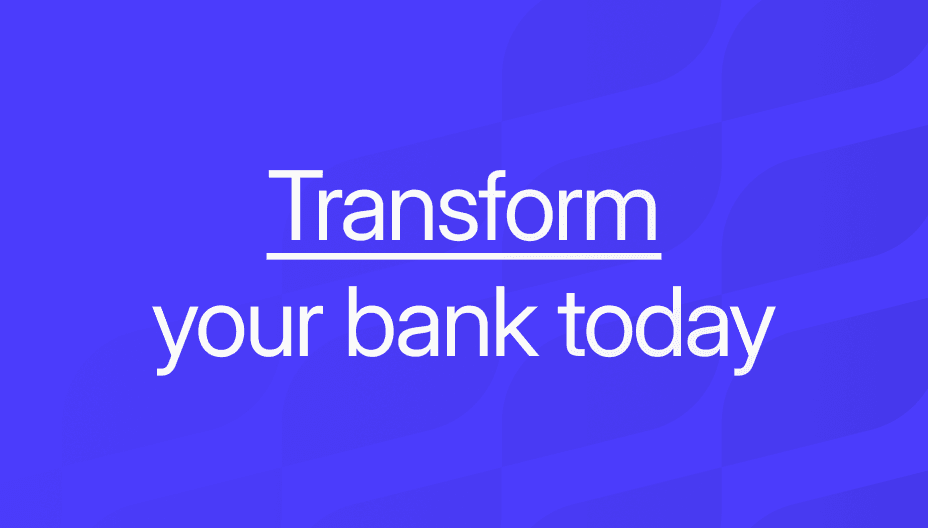
Get the monthly newsletter
Get the Finzly edge through our insights

